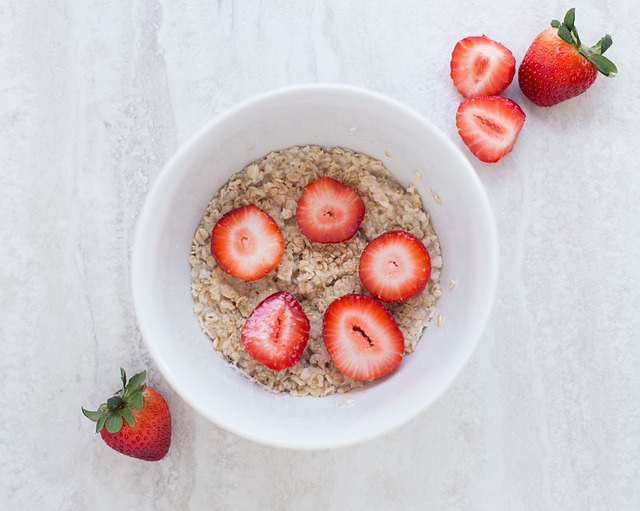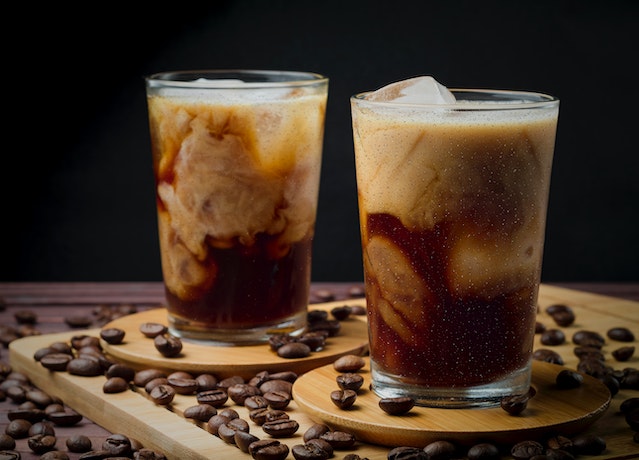Everyone knows about oats and oatmeal. It is a very popular grain that is easy to find and use. Oats are a cereal grain like wheat. The outer hull must be removed before they can be used by humans.
Are Oats Gluten Free?
Oats do not contain gluten like wheat, rye, or barley.
Unfortunately, in the USA oats are often processed in facilities with other grains or grown with other grains and so many oats are contaminated with gluten, enough that celiacs or anyone with severe gluten intolerance should avoid regular oats and oatmeal.
Certified gluten-free oats are available as well and that will solve the problem for many people, but not all. It seems some folks with celiacs disease or severe gluten intolerance are also intolerant to avenin, the protein found in oats, and thus need to avoid it.
Oats are one of the grains where it does not seem to make much difference if you soak them or not before use.
Value of Oats
Oats are high in fiber which is a good thing for those with healthy gut health. If your gut health is compromised then oats are a grain that should probably be used in moderation if at all.
Because they are high in fiber they are not digested quickly which is a good thing for diabetics trying to keep a stable blood sugar.
Oats are also a good source of:
- Protein
- B vitamins
- Calcium, iron
- Vitamin E
- Zinc
Oats may also help lower cholesterol, and are low in fat. They are also a cheap grain (unless you have to buy certified gluten-free) and can help stretch that food budget.
Forms of Oats
There are many different types of oats.
Rolled Oats
Rolled oats are the most common form of oats, typically used in oatmeal. They are made by pressing whole oats between two rollers and flattening them.
Rolled oats are sometimes precooked as quick oats and then dried and rolled into very thin pieces. They are often mixed with sugar and salt and hardly require cooking because of their size and the precooking process.
I do not recommend eating quick oats because of the extra processing and additives.
Whole Grain Oats
Whole oats or oat groats are about the size of rice and take longer to cook than rolled oats. I have made them for breakfast before and they have a very satisfying nutty texture. They combine with water in a 1 to 3 cup ratio (1 cup groats to 3 cups water.)
An easy way to prepare them is to cook overnight in the crockpot with a pinch of salt and then add coconut oil and honey and vanilla in the morning for a satisfying breakfast.
Steel Cut Oats
Steel cut oats are groats treated with heat in order to keep them from spoiling, and then cut into several pieces. These also make a good cereal product and can be cooked the same way as the groats although in a 1:2 ratio.
Oat Flour
Oat flour is ground oat groats or oat flakes. Since it is gluten-free it cannot be used alone. It requires mixing with wheat flour or mixing with starches and xantham or guar gum to have the baked goods come out satisfactorily.
Oat Bran
Oat Bran is the original grain ground together with the hull still on. It is higher in fiber than the other oat products because of the presence of the hull. It is smaller and cooks up more creamy than oat flakes.
Oat Milk
Oat milk is made by soaking ground oats in water and is a non-dairy alternative for milk.
~
For more info:
Healing with Food: Oats
- Are Pasteurized Almonds Good or Bad? - January 31, 2022
- Nutrition of Peanuts - November 20, 2013
- Happy With Hickory Nuts - November 13, 2013



Another informative article! I actually had never read into the differences between the different types of oats. Great tutorial! Thanks for sharing on Wellness Wednesdays 🙂
Super article. It’s good to get an overview re the various ‘oats’ available and the differences. Thanks!